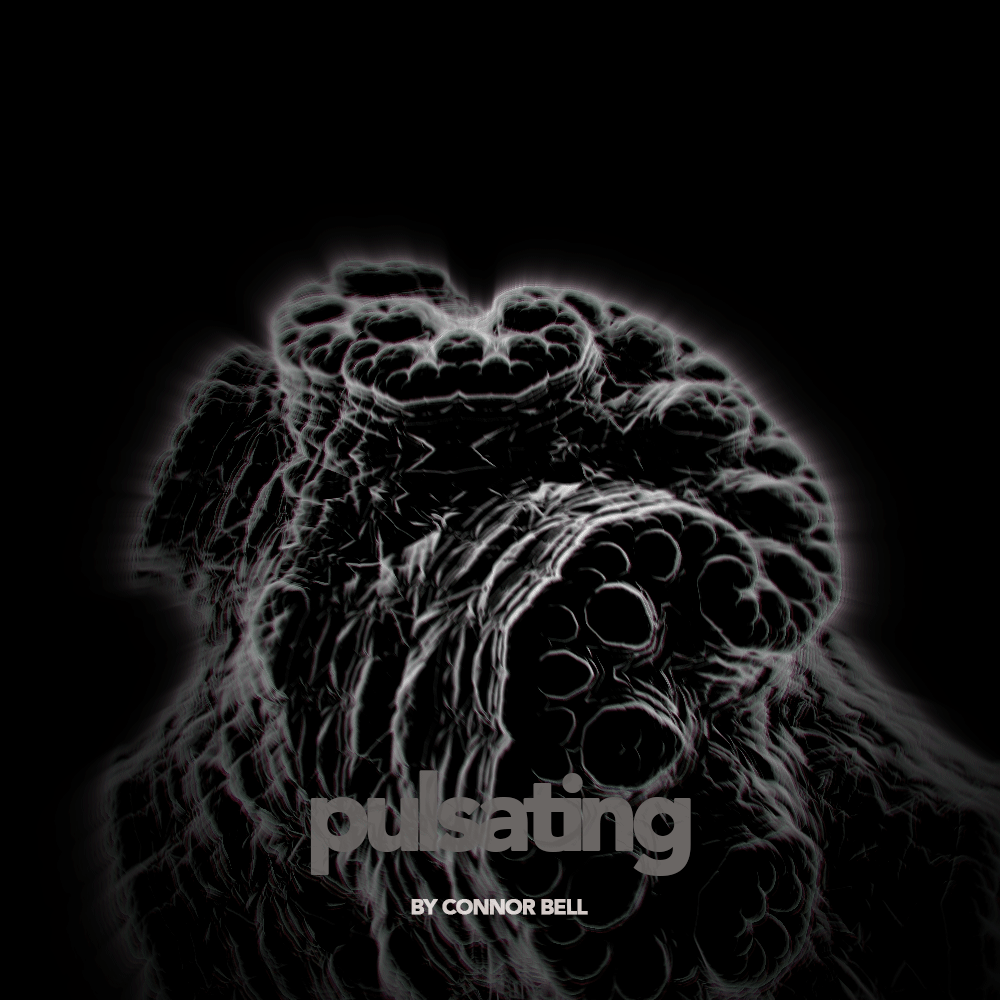Rave-Ology
It is a sad fact that history has been re-written to such a point that the true depth of how music history actually developed, spread, evolved and led us to the point we are at now is unclear: those who should be celebrated are still being demonised by people who take part in these cultural movements that were founded by the people in which they discriminate against. The discriminated find themselves enjoying electronic music in the space of homophobia and racism. That awful hypocrisy.*
The emergence of Acid House became prevalent as the gay nightclub Heaven was one of the very first venues to hold an Acid House event. In the midst of the horrors of the 80’s and early 90’s AIDS crisis, the queer communities found themselves yet again under police pressure and threat of brutality. In response, those involved in the scene began to hold events in places that were as far out of reach from harm as possible; Underground events in which clubbing would go all night in abandoned warehouses, or events in secret venues ‘outside of town’. This kind of culture has become synonymous with rave culture, however the LGBTQI roots were lost once again as the culture and genre began to be taken over by the mainstream, and the community was once again essentially kicked out of the space they created.
The one thing people can do well is unite in some shit garage in Cheetham Hill until six in the morning where no one's going to judge you. And no one’s going to make you feel uncomfortable. And I think that's important because things are different. I think there’s been a rule book for a long time what you have to do, how you have to look, and I think people are just tired of it.**
For me, motion is dance. It is beautiful, but the motion/movement aspect of dance is only a fraction of its spectrum. As a homosexual man, I looked into what relates homosexuality with dance. I discovered that the UK's Rave movement origins are rooted in the homosexual safe spaces through the late 1980's and 1990’s. First, Acid House played in gay nightclubs, then in peoples garages, warehouses and free spaces, when police brutality was at large as a result of the AIDS crisis. What's hugely contradictory is that Raves are synonymous for crowds of white, straight, middle-class men.
I wanted to explore this. The model (Giles), and assistant (Michael) are too homosexual, and we felt passionate about the subject status. Using a projector, visuals were displayed on the model and showed an alienated version of known patterns and references, with a focus on the colours of the rainbow. It was a very magical experience, enhanced by actually having the shoot in my home garage, and really getting the feel of the subject matter. I've showcased my personal relation to motion/movement through themotion of dance, the motion of the camera (low shutter speed) and the actual Rave movement. It's a rainbow of colours that are overwhelmed by blue. I have also created a playlist on Apple Music & Spotify which not only relates to my interpretation of motion, but relates (via lyrics) globally to various queer music pioneers and queer people as a beautiful, extraordinary collective.
Photographer: Jake Stewart @jakestwrt
Concept Developer: Elizabeth Dulieu-Rayner @elizabethdulieurayner
Creative Directors: Michael Larcombe, Jake Stewart, Giles Surridge
Model and Styling: Giles Surridge @gilessurridge
Assistant Photographer & BTS: Michael Larcombe @mikeeeee7
*Indirect quotes from; https://www.theplayground.co.uk/the-forgotten-lgbt-racial-roots-of-clubbing-culture/
**Direct quote from; https://attitude.co.uk/article/how-manchester-became-the-home-of-the-uks-biggest-queer-rave/22195/

















